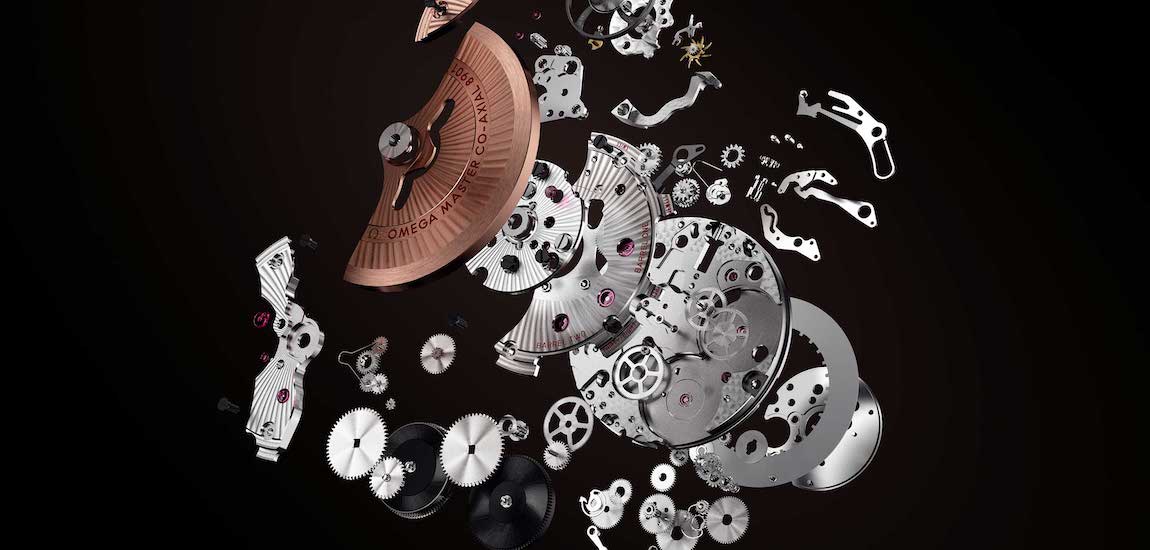
Watches with integrated case and wristband designs are popping up all over the place. Headlined by several iconic models, they in fact represent a veritable market segment, not merely a look attributed to certain brands.
Amid the global frenzy driving casual chic, luxury and steel watches, one particular type of watch is enjoying ever-increasing demand. Such models are recognizable by the seamless continuity between their case and their wristband, described as “integrated”. When this integration is well done, one can no longer tell where one ends and the other begins. They are omnipresent and every brand wants its own. They carry names such as Royal Oak, Nautilus, Overseas and their origins go back to the 1970s. They are so successful that they have whetted the appetite of many brands for these watches that are easy to wear, elegant and fluid by nature. Girard-Perregaux has relaunched the Laureato and returned it to center-stage in its catalogue, as opposed to the peripheral role it has been playing for many years. Maurice Lacroix has created the Aikon Automatic, an undeniable success thanks to its extremely advantageous price positioning. Bell&Ross has invented the BR05, representing a new category for the French watchmaker, which has placed design at the heart of its approach. Finally, Chopard is offering an updated version of its flagship sports model from the 1980s, the St. Moritz, adopting the new name Alpine Eagle.
CODES
The transition between case and wristband normally involves the lugs. These various elements may appear offset, variously placed and pointing in various directions. When everything is aligned ; when the lug becomes an extension of the case rather than merely a fastening ; when the first link is a fusion rather than a hinge ; when these two generally distinct elements (case and bracelet) are unified : the design is defined as integrated. Nonetheless, the style of these watches is also based on a masculine aesthetic, of which the expressive nature focuses on the bezel. Octagonal, hexagonal, screw-down, ratcheted : there is no watchmaking domain where the appearance of this component is so important. So much so that as soon as the public sees screws or an octagon, they denounce plagiarism. It must be said that Audemars Piguet’s Royal Oak and Patek Philippe’s Nautilus have become worldwide successes, trees that tower above the forest.
REPEATABILITY
It is difficult in this context not to mention Gérald Genta. A prolific designer since the 1970s, he was behind both these watches, among others. What the countless tributes paid to this inexhaustible creative talent forget to say is that the man, now described as a genius, sold the same idea to several customers. It is impossible not to notice the similarity between the two above-mentioned models. Only the passage of time has allowed the public to distinguish between them. Yet at the time of their respective launches, these models were not a success, testifying to the fact that design is not the only determining factor in ensuring the long-term desirability of a watch.
CLEAR-SIGHTEDNESS
In light of this historical perspective, commentators who cry foul and plagiarism at the sight of any new watch with an integrated case and wristband are all the more misguided. After all this time, it has become a watchmaking class of its own, like the round casual chic watch, like the diver’s watch, like the pilot’s chronograph. The design of each of these great classics is strictly codified. You first have to respect the basic rules and then set yourself apart, i.e. work on the details. Today, only a poorly informed or inattentive audience will see uniformity where in fact variety prevails. Because the range on offer today is so diverse, in terms of pricing, shapes, sizes and finishes, it is time to approach this category in a more clear-sighted manner.






